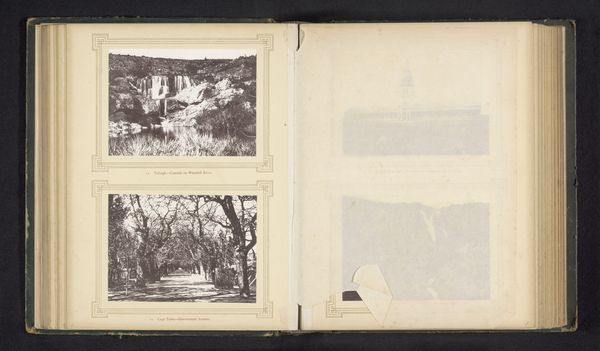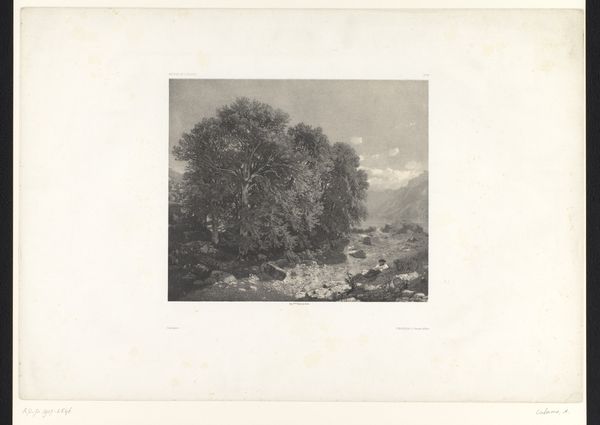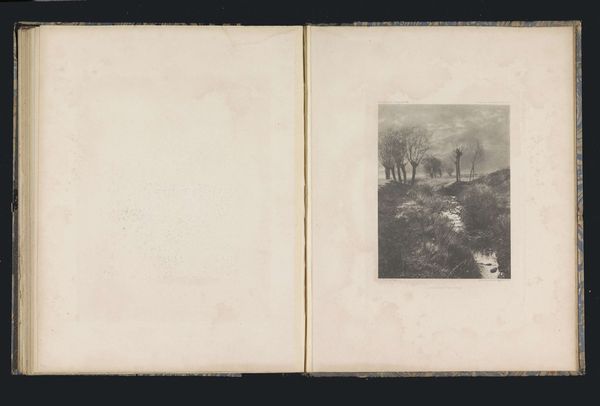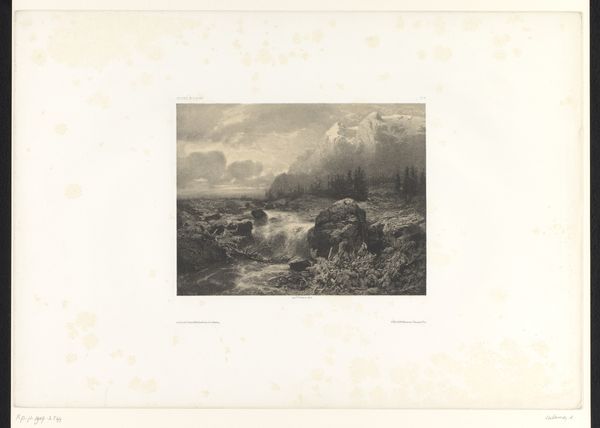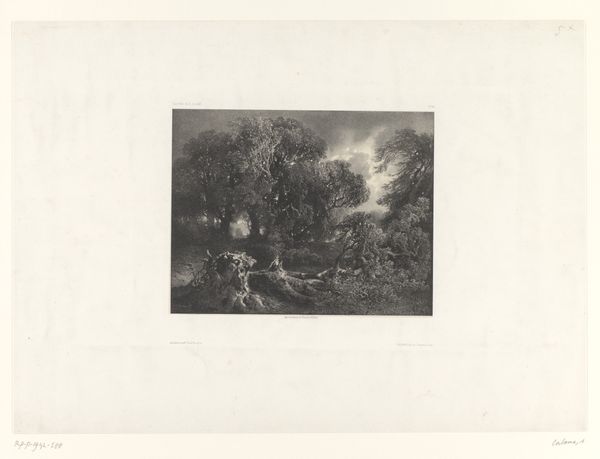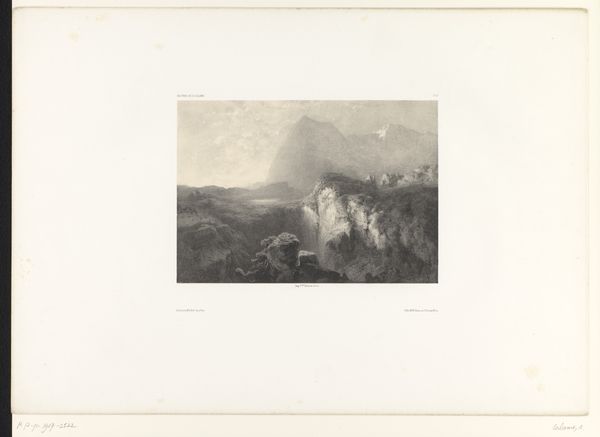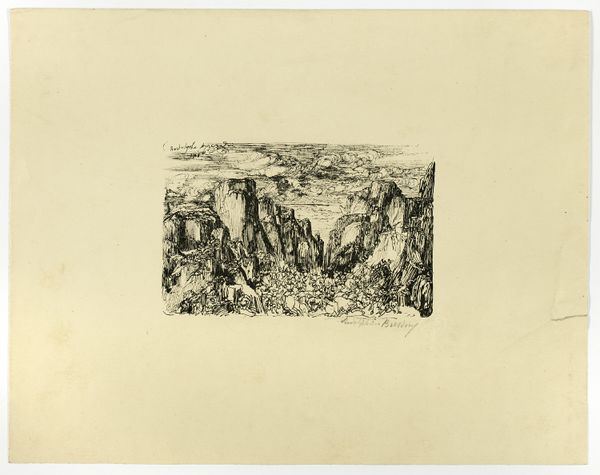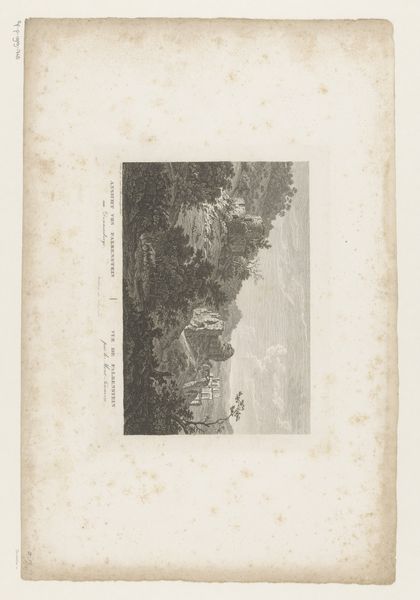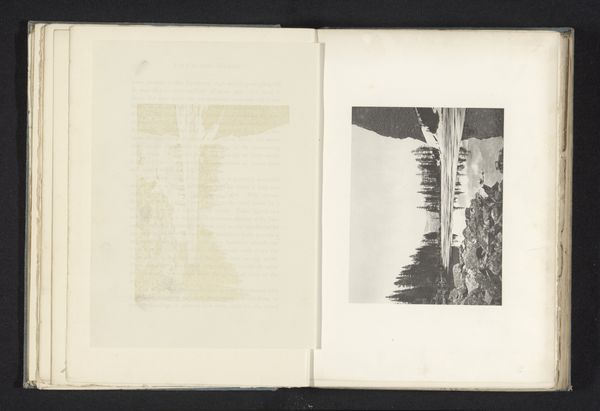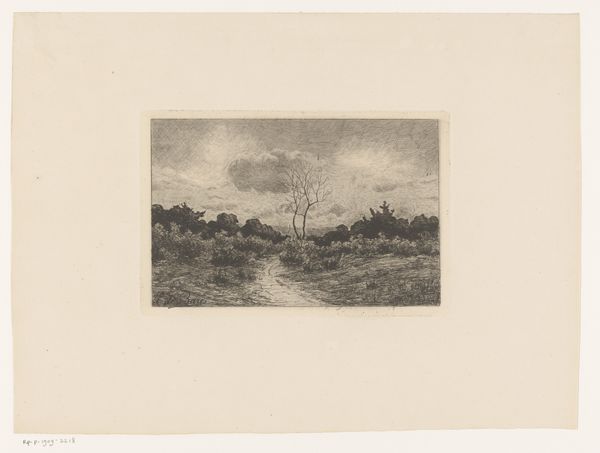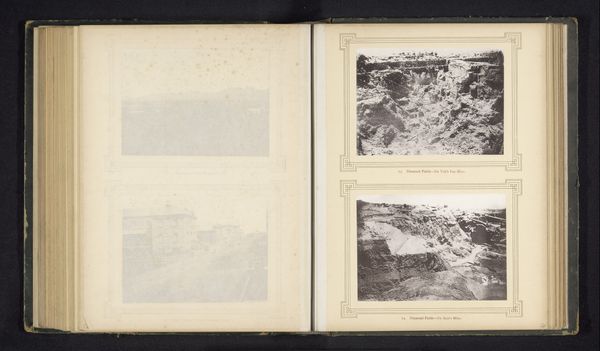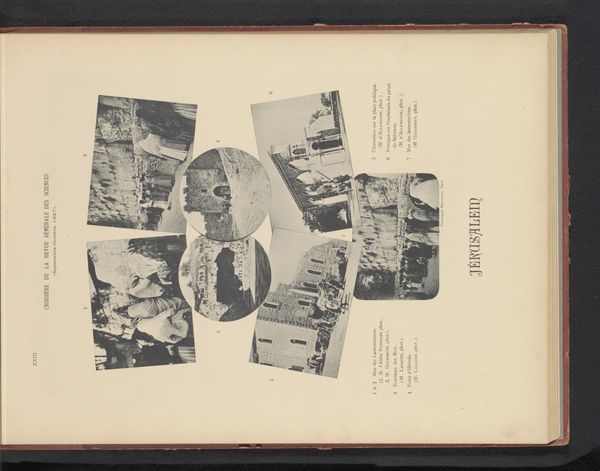
Gezicht op Hannoversch Münden met daaromheen gezichten op gebouwen en plaatsen in en rond de stad 19th century
0:00
0:00
print, engraving
# print
#
old engraving style
#
landscape
#
cityscape
#
history-painting
#
academic-art
#
engraving
#
realism
Dimensions: height 559 mm, width 746 mm
Copyright: Rijks Museum: Open Domain
Curator: Here we have a 19th-century engraving titled "Gezicht op Hannoversch Münden met daaromheen gezichten op gebouwen en plaatsen in en rond de stad." The city view is encircled by smaller scenes representing buildings and sites from within and around the area. It appears to be the work of Hermann Rudolph. Curator: It gives the immediate impression of being meticulous, a kind of visual catalog. The subdued palette emphasizes linear precision, each scene a little world in itself, meticulously framed. The use of grayscale alone elicits a tranquil almost meditative feeling. Curator: That linear precision likely came through the printmaking process, allowing for the detailed rendering of architecture and the landscape. Consider how these kinds of images would be reproduced and consumed in the 19th century, potentially as souvenirs for visitors or promotional materials to broadcast a progressive image of the city. It reveals how a city desired to be perceived. Curator: Absolutely, and each vignette contributes to this idealized vision. I am intrigued by the central composition. Note how Rudolph uses the framing of light and shadow to create depth, drawing your eye toward the town center. What do you make of the placement of what look to be peasants actively working in the foreground in contrast to this clean and proper town he is representing? Curator: That's what I find most striking as well. It positions industry at the forefront, showcasing a thriving working population supporting the idyllic town. In terms of material culture, these images promoted progress, sanitizing and romanticizing the social and economic realities of the time. Engravings such as this played an integral role in circulating ideas about urban planning, tourism, and national identity. Curator: So, what begins as a quaint overview turns out to be layered with representations of production and the realities of civic pride in this German town, packaged within very specific stylistic choices. Thank you, I hadn’t initially appreciated that interplay. Curator: My pleasure! It's rewarding to consider how these static images once participated in much larger cultural conversations, revealing just how actively history gets rendered through art.
Comments
No comments
Be the first to comment and join the conversation on the ultimate creative platform.
